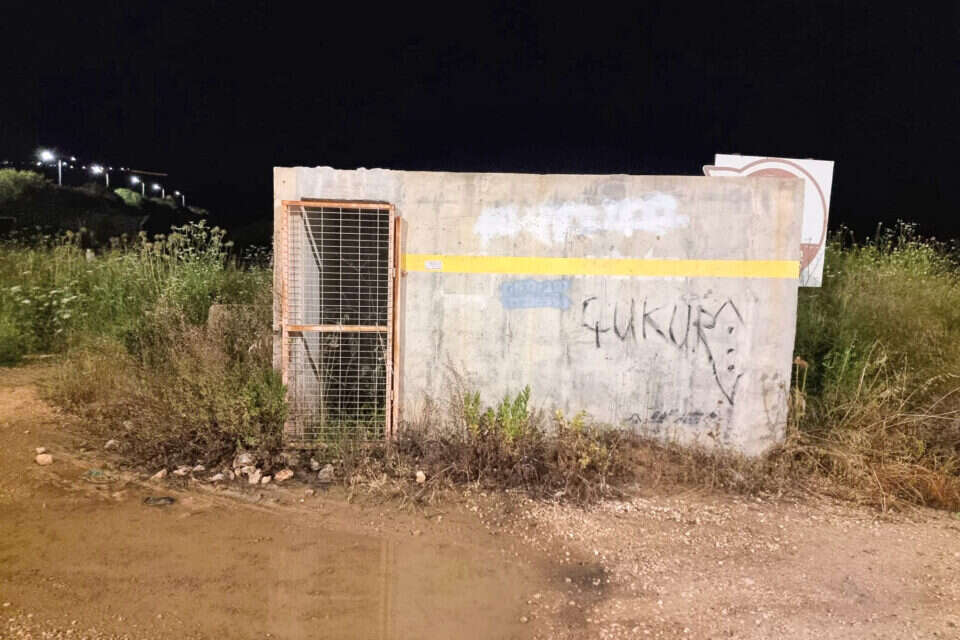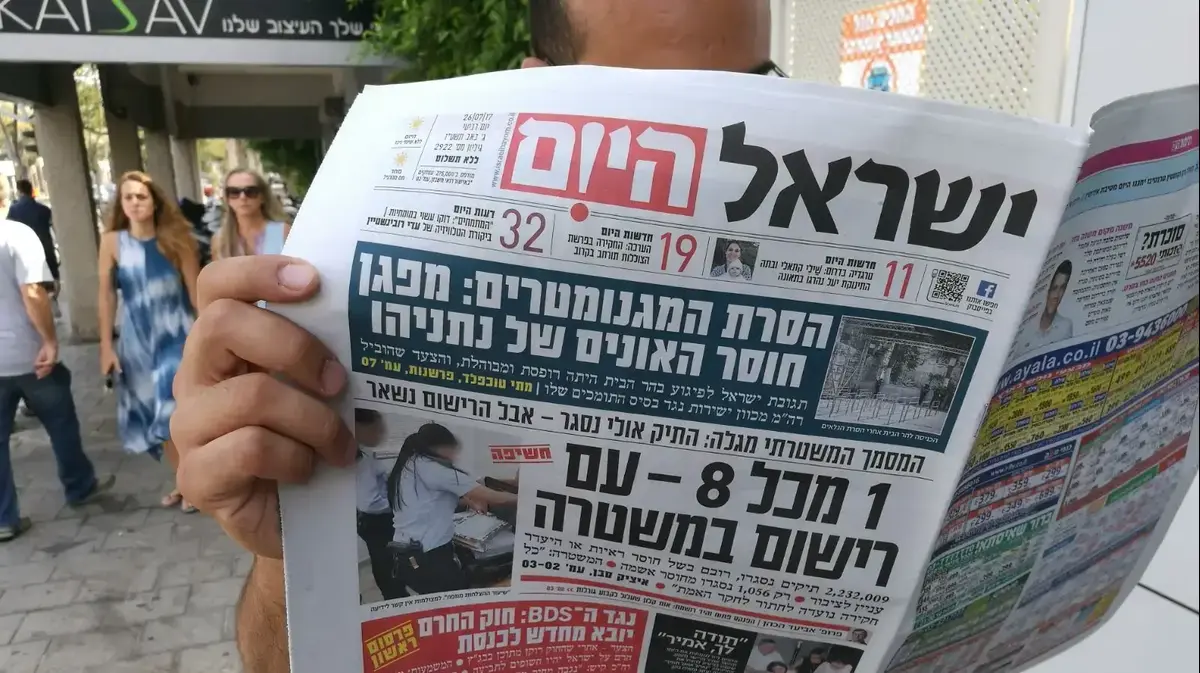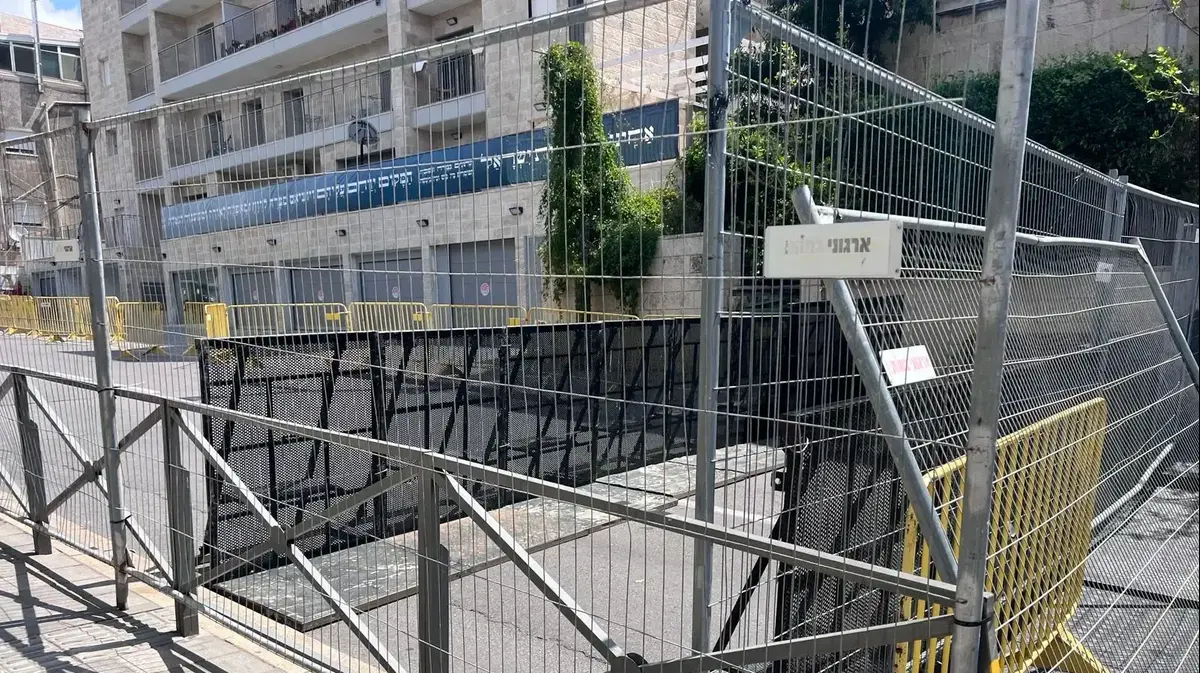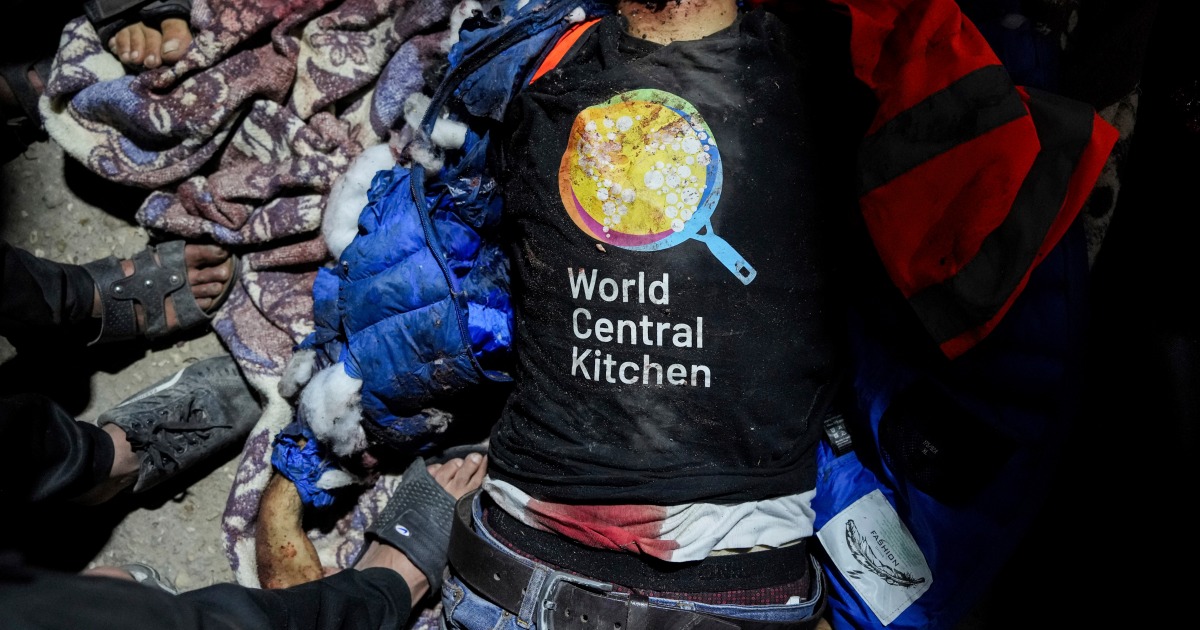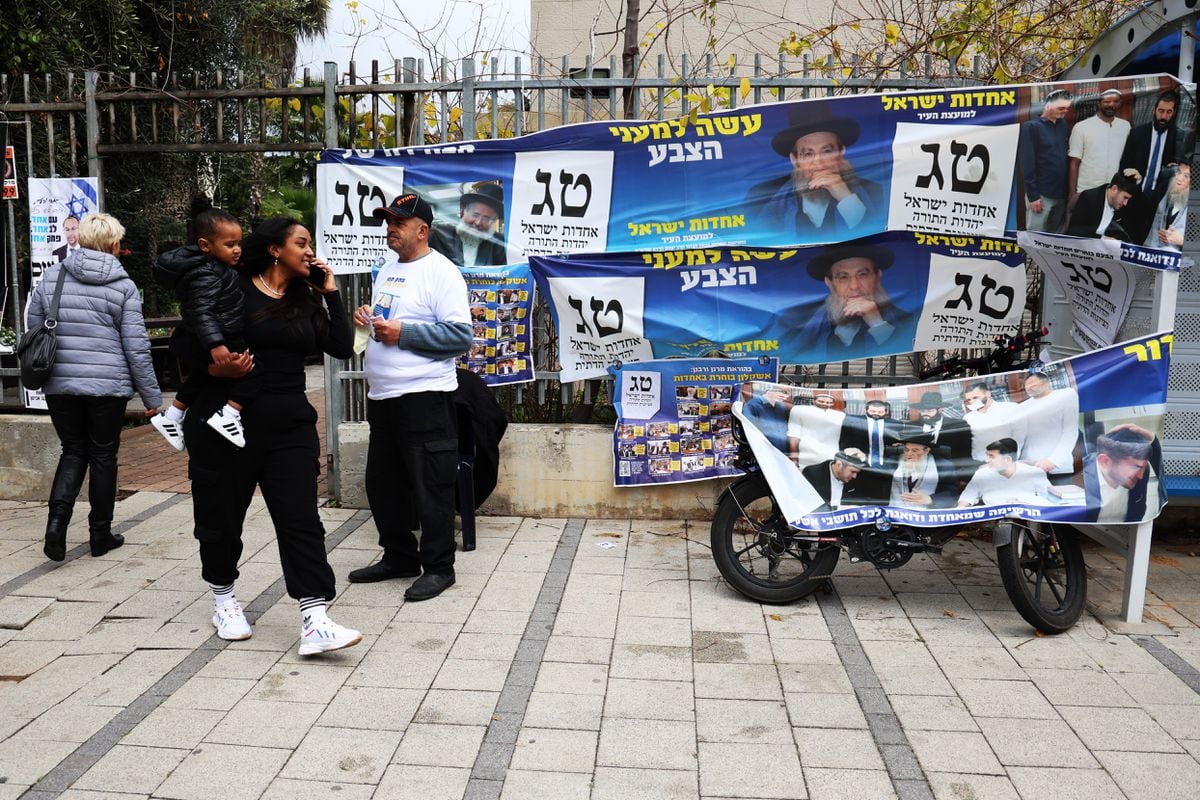Dozens of shelters have been scattered throughout the north in recent years, but local authorities along the northern border claim that most of them are neglected in open areas, while they need shelters within the communities. Mayors approached a senior source in the Home Front Command on the issue, but were answered: "We offer citizens with protective gaps a specific room in their home by various companies."
The tense security situation on the northern border raises once again the need for effective protection against missile attacks. In the last Passover incident, dozens of missiles were unexpectedly fired at northern Israeli communities. The government's plan to fortify northern communities, "Northern Shield," which aims to build safe rooms in residents' homes in communities near the fence (up to nine kilometers from the border), is progressing slowly and suffers from a severe budget shortage.
The shield from within, photo: Idan Avni
The first phase of the plan was launched in 2020, during which the state was supposed to protect 21 communities. A total of 5,000 communities across the country were supposed to be protected within three years, but only about 1,200 safe rooms are currently under construction. Moreover, three years later, in March of this year, the government decided to make a significant cut in the cost of the program. Because of this, and in light of the fact that there are not enough safe rooms in these communities, the Ministry of Defense and the IDF have dispersed shelters near public places. The shelters were placed near playgrounds, synagogues and at intersections - near hitchhiking stations.
The shelters are a cheaper solution than a safe room and almost equally effective for those who are nearby. They are built of reinforced concrete with advanced technology and can accommodate between 15 and 18 people at a time. In recent years, they have proven their effectiveness in saving lives, especially in the south.
However, an examination by Israel Hayom shows that many of these shields, especially in open spaces, stand neglected and cannot be used in emergencies. Most of them are covered with tall grass, some were placed with their openings facing north – the direction from which the missiles would be launched, some locked and others turned into makeshift toilets. In practice, these shields remained in the field without any body responsible for their maintenance. IDF sources claim that the use of these shields is mainly for military purposes.
Sderot resident in Migonit during Operation Shield and Arrow, photo: AP
Guy Eyal, director of the security division of the Merom Hagalil Regional Council, is furious at the state for neglecting the northern communities: "We are begging for more diversity within the communities, but the Defense Ministry says that this is not the ultimate solution. In my opinion, this is the best defensive solution in a neighborhood that does not have a safe room nearby, and when the children are in the playground - and the warning time is zero. The Defense Ministry tells me, 'In times of emergency, we will disperse shields.' Who will do it in real time?
"I really don't understand why the Defense Ministry and the IDF abandon the residents on the northern border and don't provide them with the proper response. Scattered around us are dozens of shields that are strewn around us without any maintenance - and that no one will really use during an emergency. We, on the other hand, will maintain the shields that will be available and suitable for use during an emergency."
The Friendship Foundation Alternative
So while the IDF does not provide a good enough response to the residents of the north, the Friendship Fund distributes diversity from donations in the communities, with a commitment by the heads of the communities to protect them. Home Front Command officers update the fund on where protection is required, and over the past year 28 of them have been scattered throughout the north. In the south of the country, hundreds of shields were stationed.
An IDF spokesperson said in response: "The Home Front Command is a regulator in the field of protection in accordance with the Civil Defense Law. The Home Front Command is not obligated to deploy protective shields, but deals with this issue as assistance to local authorities, in accordance with the budget allocated to it. Nor is he entrusted with the maintenance and cleanliness of the shields. As a rule, the shields are placed in the public space, and in places where there is an appropriate planning permit or in accordance with what is determined in the Planning and Building Order regarding the placement of shields."
Wrong? We'll fix it! If you find a mistake in the article, please share with us

